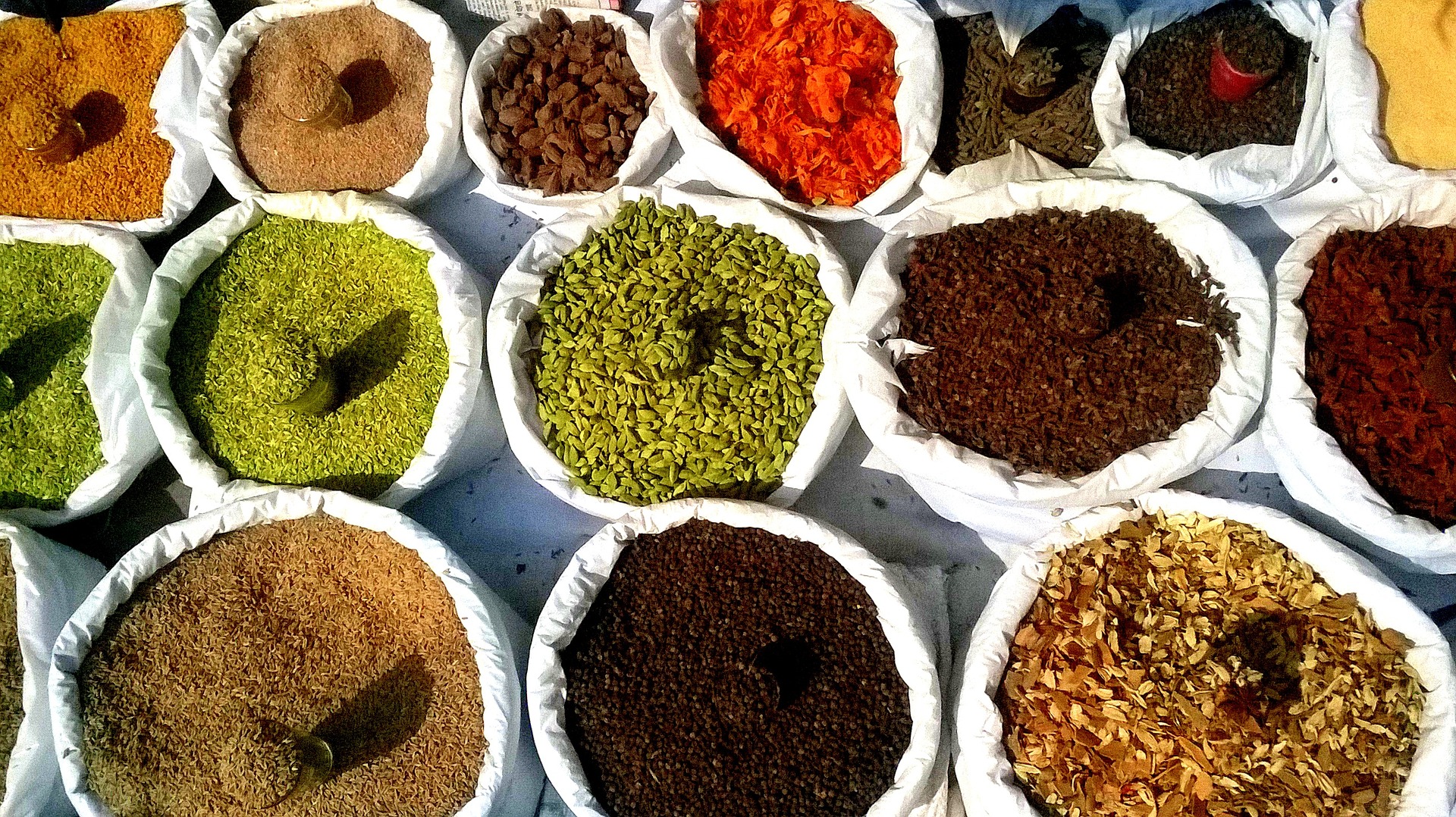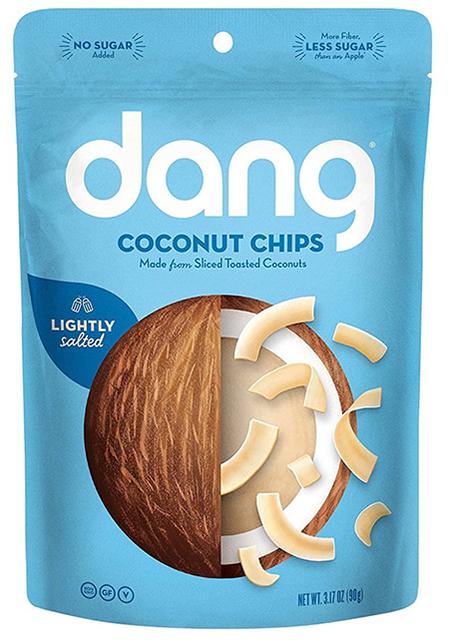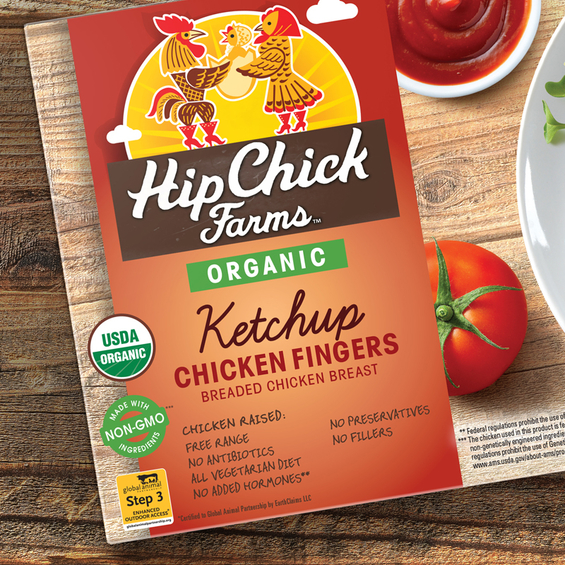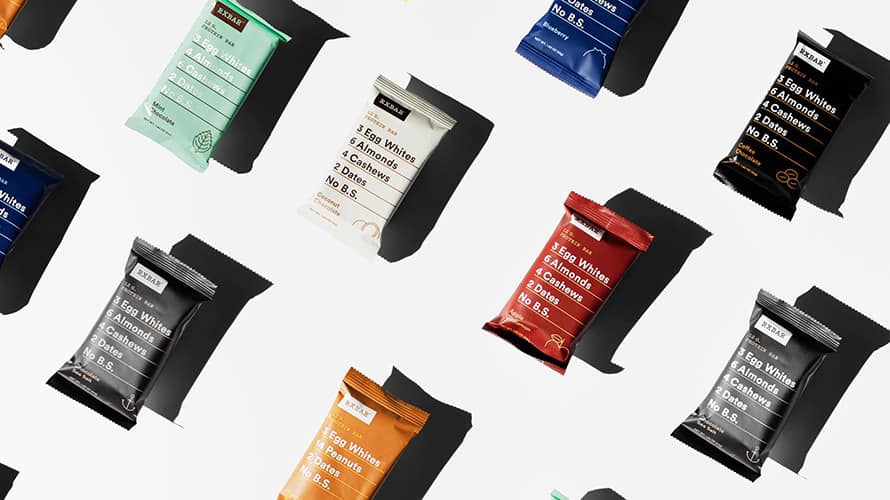
Indian food is complicated. Over millennia, countless ethnic, religious, and regional cooking styles emerged on the Indian subcontinent, each with their own spice blends, flavors and techniques. This extreme variation is part of what makes Indian food so compelling. But, as the Indian diaspora expands, the flavors merge and comingle, creating an amalgam of flavors that westerners often lump under the umbrella term “curry.” To simplify matters, let’s take a look at the main spices in Indian food and how to use these spices in cooking at home, including to make curry.
About Curry: the Main Spices in Indian Food
The term “curry” seems to have originated in the 18th century when India was a British colony. Originally a bastardization of the Tamil word kari, or spiced sauce, curry is a modern catch-all, a term to describe either a dish that has been sauced or a spice blend of Indian origin. Some curry blends are also called masala, the Hindu word for spice or spice mix. To complicate matters further, a curry tree is native to the Indian subcontinent and its leaves are often included in curries from India’s southwest. Got it?
After the first curry recipe was published in English in 1747, efforts have been made to standardize curry blends and many curry blends now include coriander, turmeric, ginger, cumin and chile. A matter of convenience for manufacturers, curry blends are, in fact, extremely user-friendly for the modern cook. Rather than purchase 20 different spices to accommodate regional, religious and ethnic curry variations, one packet of spices does the job. Spices are ground to order, are supremely fresh and there is little or no waste.
Portion-size Spices
Raw Spice Bar is into portion-size spice blends. Working with top chefs to curate spice blends, Raw Spice Bar develops a custom recipe for each blend, then toasts, grinds and blends the spices to order. Blends are shipped in .3 ounce packages, sized perfectly for the recipe that accompanies the spice blend. During March, Raw Spice Bar is shipping spices for three Indian dishes. For Sambhar, a south Indian lentil and vegetable based stew, the spice blend does not include ginger but does include black peppercorn, cinnamon, fenugreek and curry leaves. Panch Phoran, a five-spice blend from eastern India, Bangladesh and southern Nepal, includes only one of the standard spices: cumin. This is mixed with fennel seeds, black mustard seeds, nigella seeds, and fenugreek. Mango Chaat, has no turmeric but gets its bold yellow color from dried mango powder (amchoor), paprika and less familiar spices ajwain, and asafoetida.
Though they do not have a curry option, Ground2Table also sells portion-size or Single Use spice packets. Their Gourmet Flavor Kits include a portion-size space packet, organic fresh herbs and a recipe to make meat, chicken or fish into dinner. “Buy small, use it all,” their website states. I could not have said it better myself.





